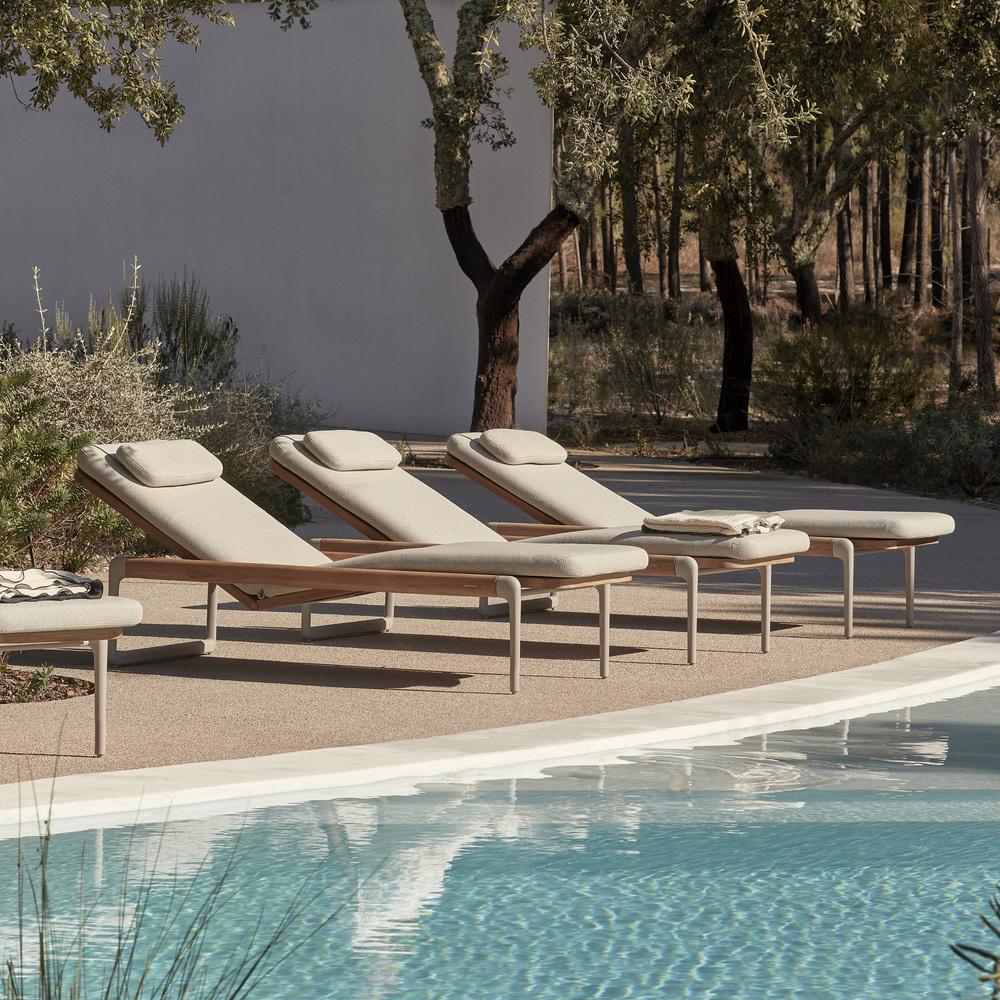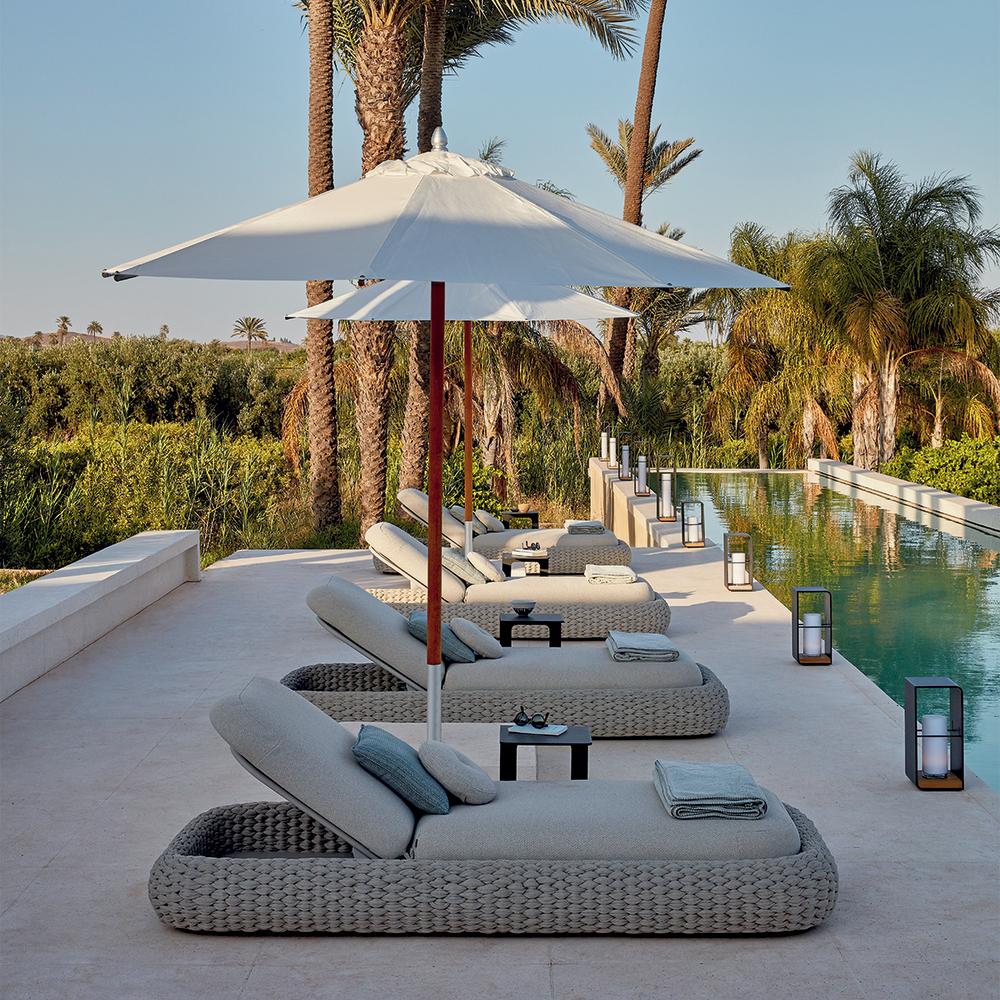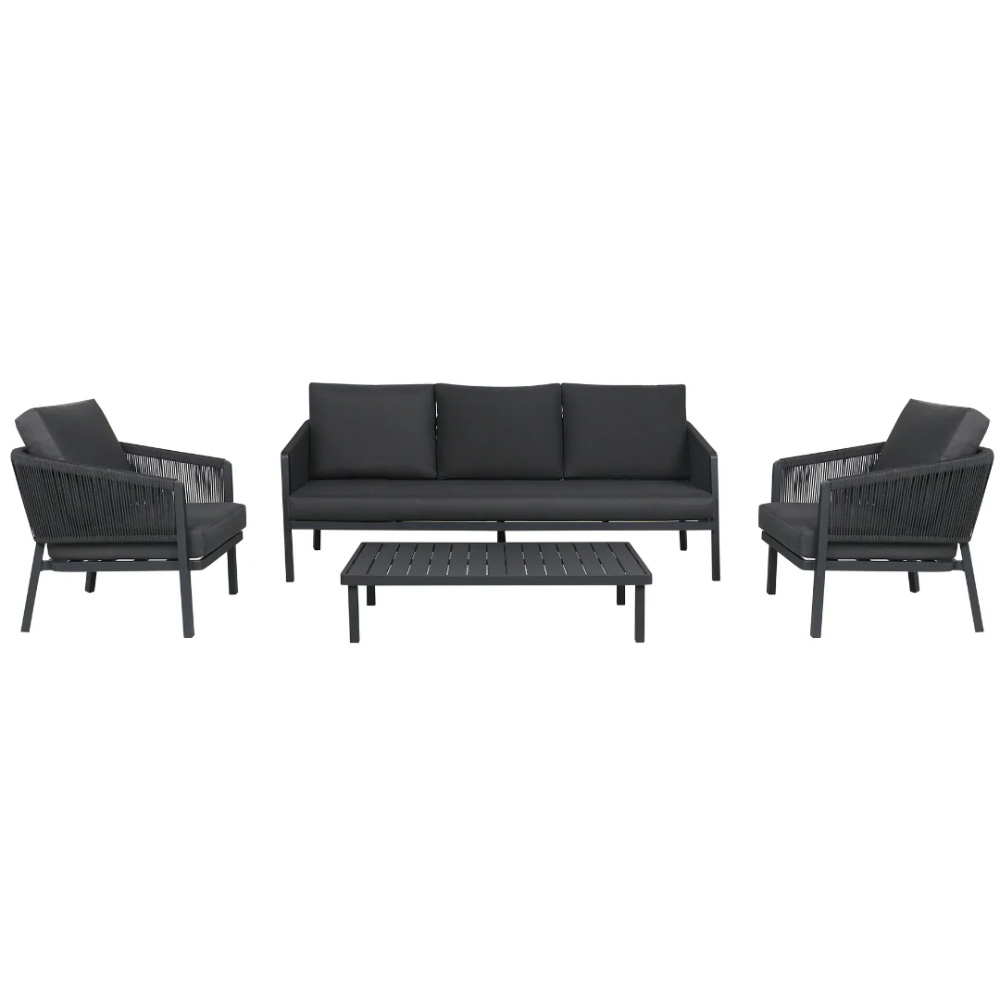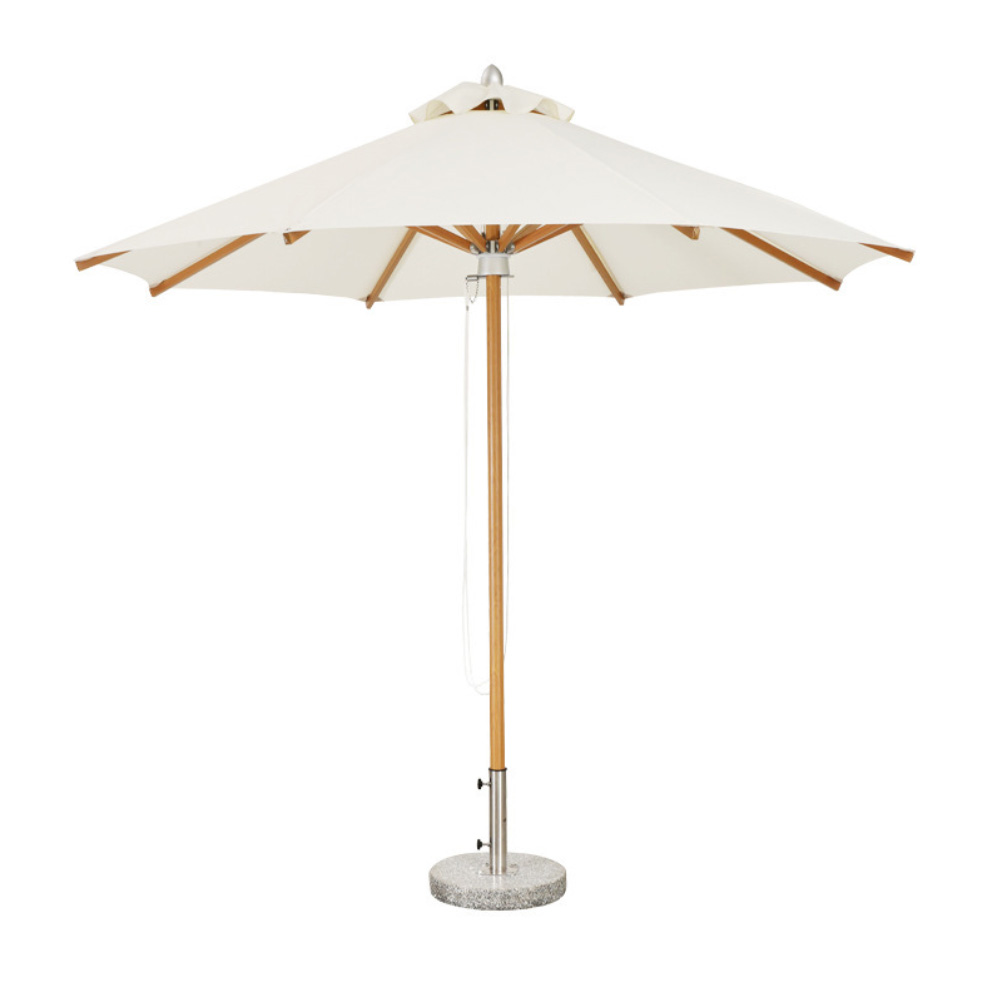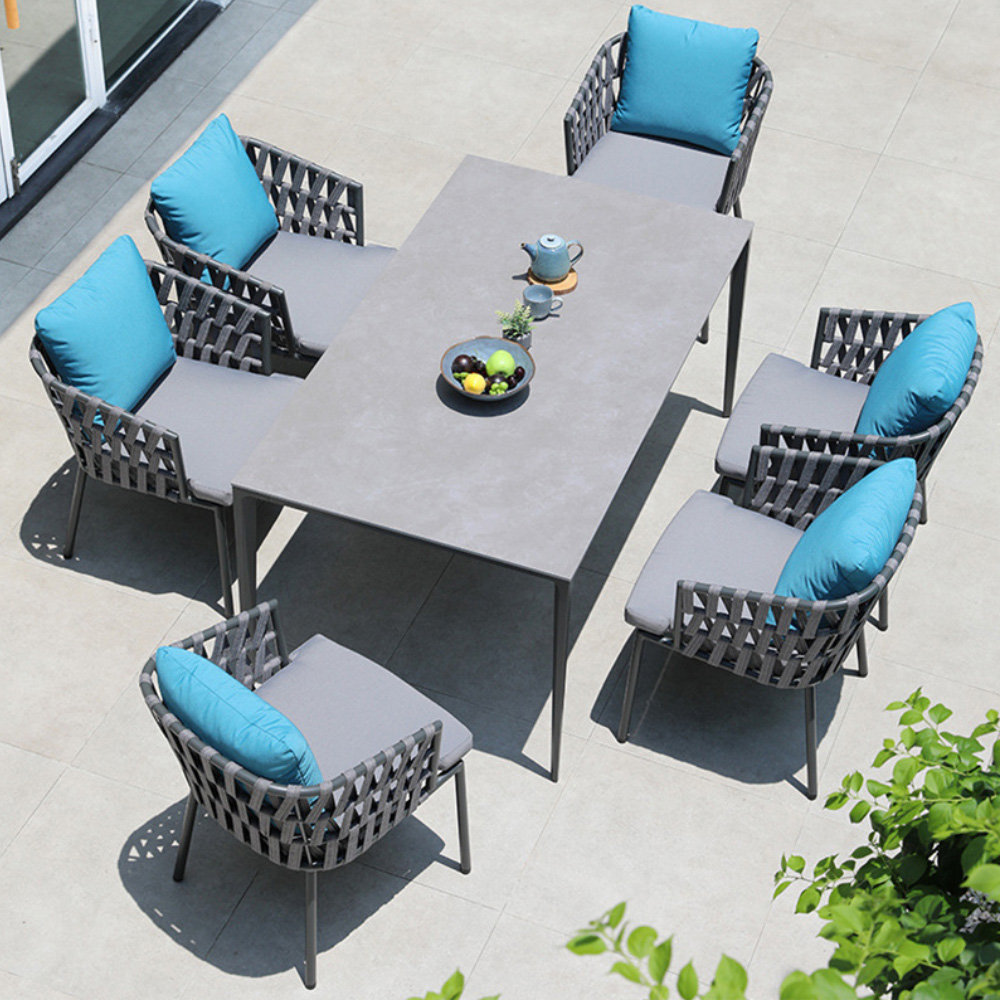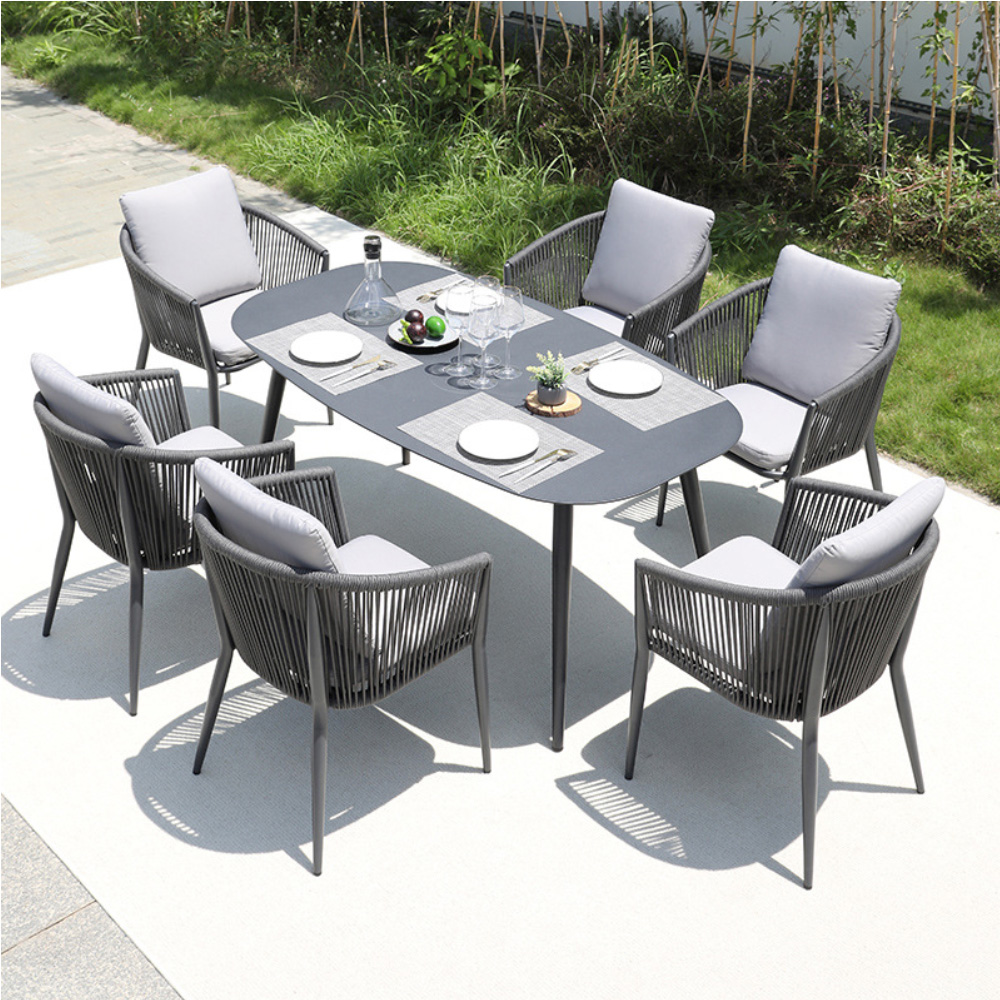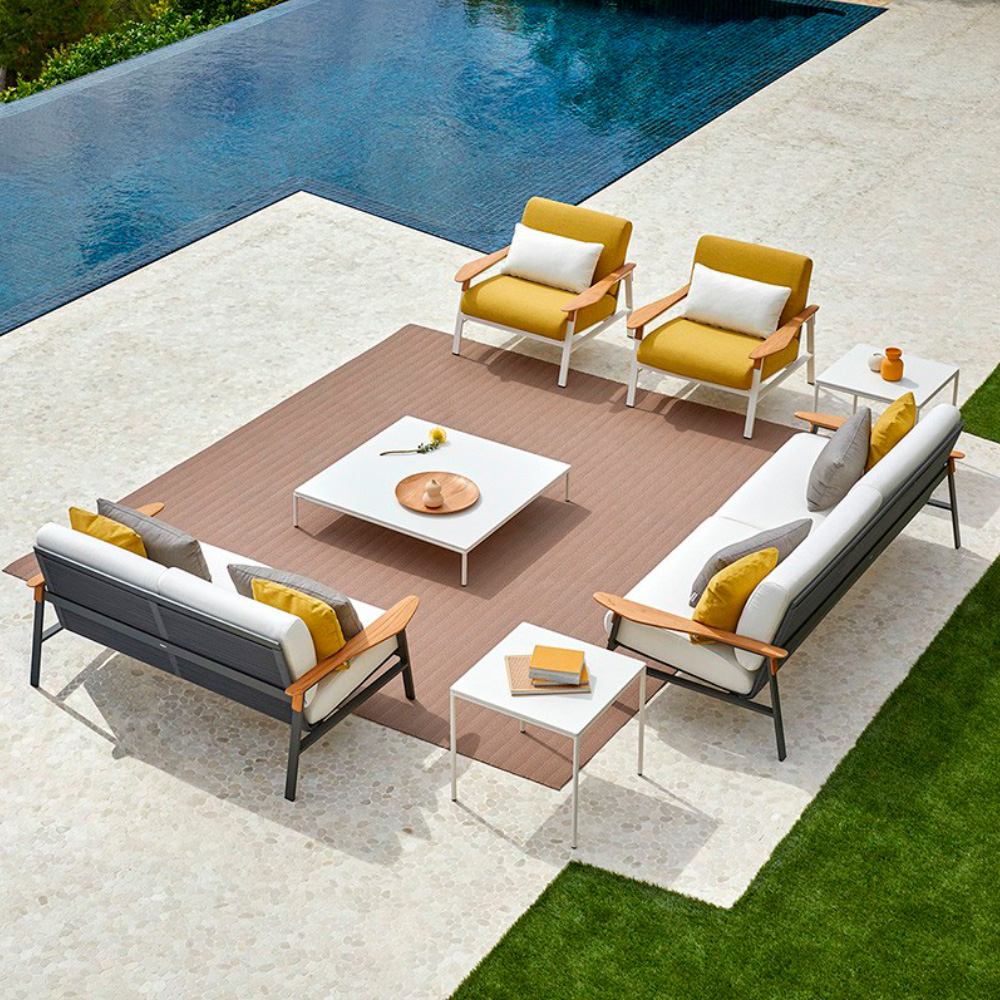
Discover durable, stylish outdoor furniture ideas and tips to create a comfortable patio, garden, or backyard space with practical design inspiration

Why Sun Loungers Cost So Much?
Sun loungers are a staple of any inviting outdoor space, whether you’re relaxing by the pool, soaking up the sun in your garden, or creating a patio retreat.
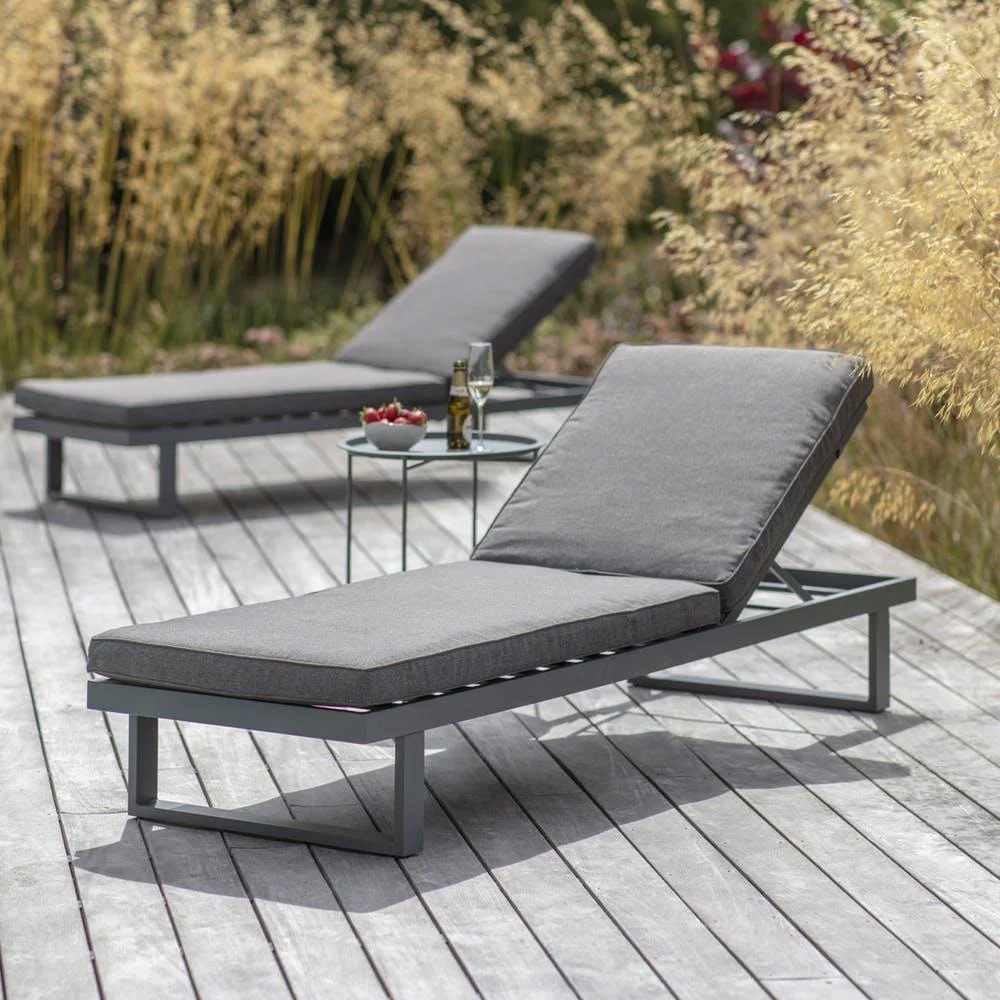
Best Materials for Sun Loungers Style and Durability
Are you searching for the best material for sun loungers to transform your outdoor lounge, patio, or poolside into a haven of comfort and style?
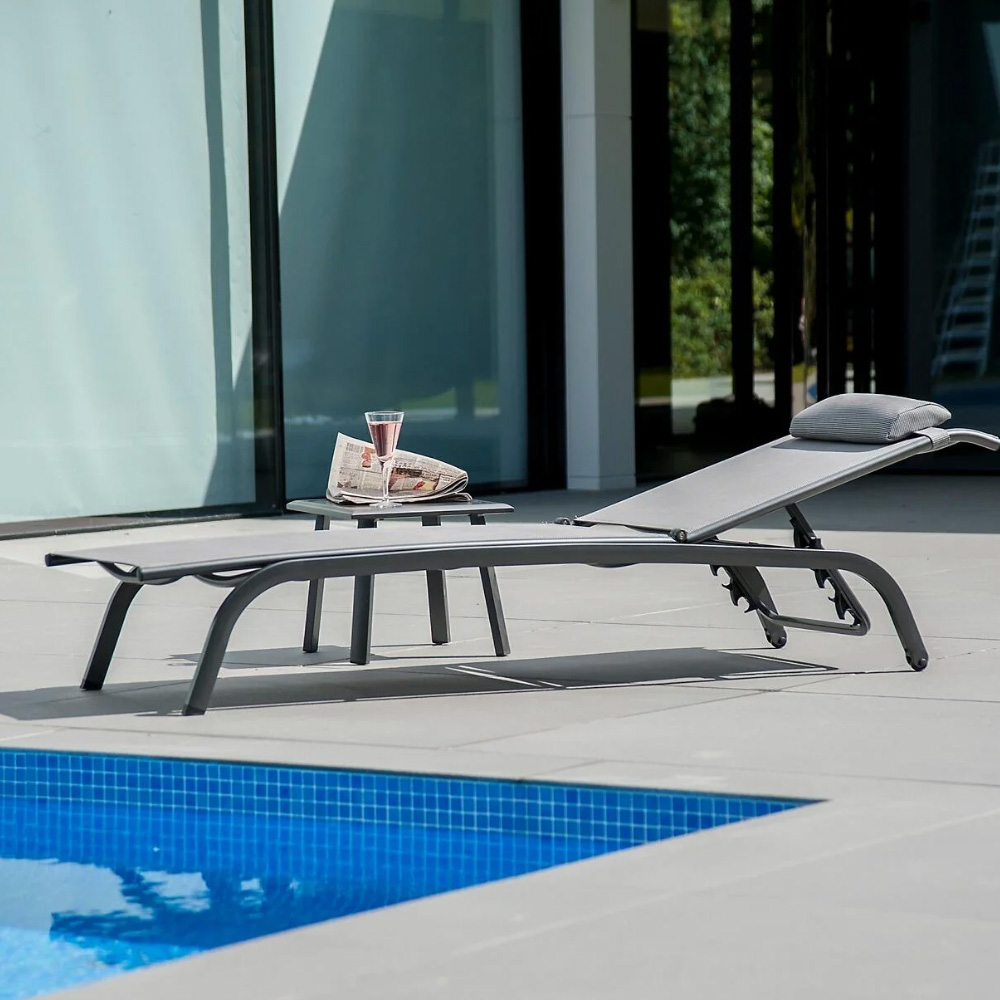
Tips to Make Sun Loungers Extra Comfortable
When it comes to sun loungers, comfort is key. Whether you’re soaking up the sun, reading a book, or simply enjoying the fresh air.

